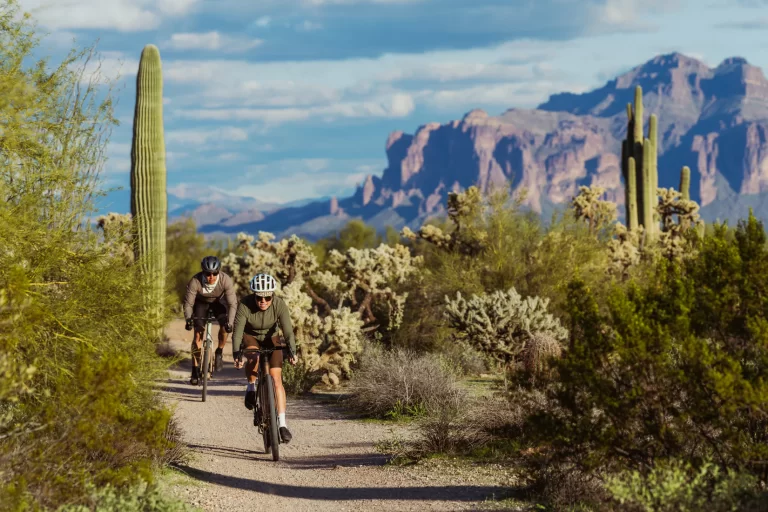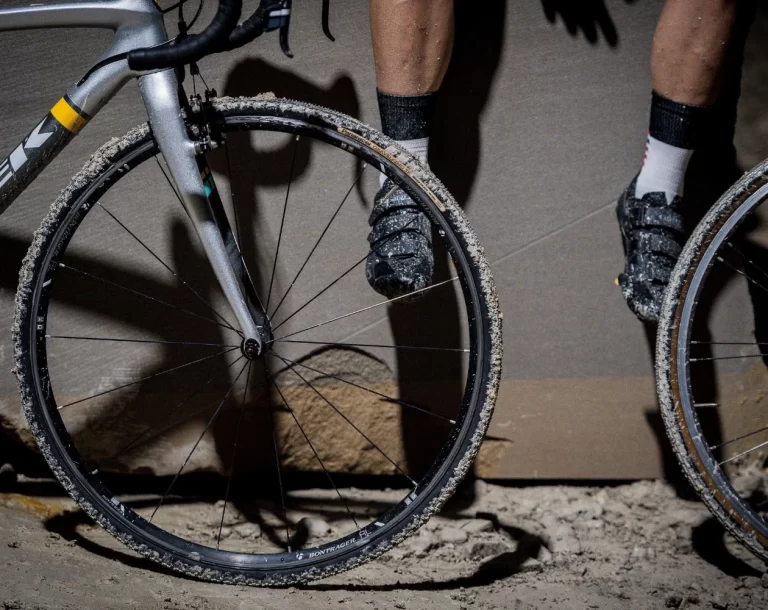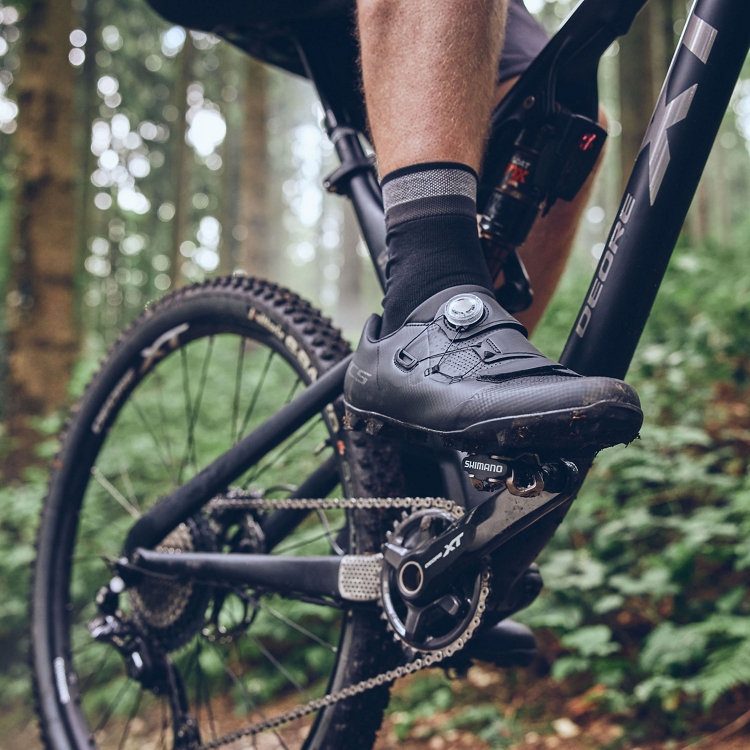Rolling Through Dirt: How to Choose Wheels for Gravel Racing
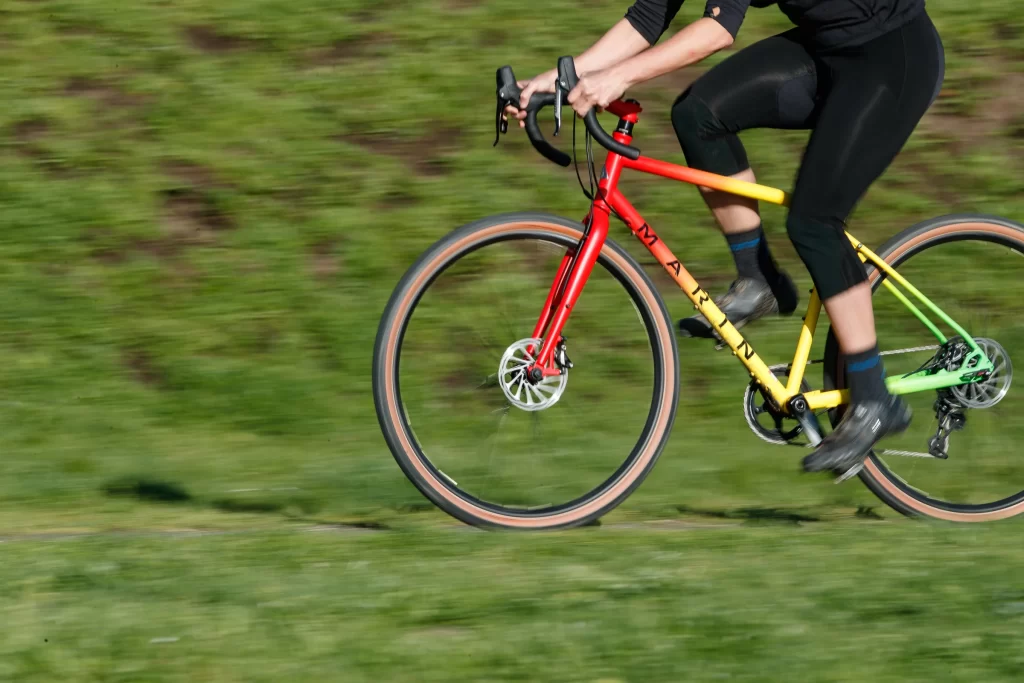
Key Point Summary of How to Choose Wheels for Gravel Racing:
- Durability Over Everything: Gravel racing wheels need to withstand varied and often unpredictable terrain.
- Weight Matters: Lighter wheels improve acceleration and climbing efficiency, crucial for racing.
- Width and Tire Compatibility: Optimal rim width enhances tire performance and rider comfort on rough gravel surfaces.
- Tubeless is King: Tubeless setups offer significant advantages in terms of puncture resistance and the ability to run lower tire pressures.
- Aerodynamics vs. Utility: While aerodynamics are important, the utility and versatility of the wheels in gravel conditions should take precedence.
In the realm of cycling, where adventure meets competition, gravel racing has emerged as a discipline that challenges both the rider and their equipment to the utmost. As a masters cyclist with a diverse background in mountain biking, gravel grinding, and cyclocross, I’ve come to appreciate the nuances that distinguish a good gravel race setup from a great one.
Among the most critical components of this setup are the wheels, which can dramatically influence performance, comfort, and the overall race experience. For cyclists venturing into gravel racing or looking to optimize their current setup, understanding how to choose the right wheels is paramount. This guide aims to distill my years of experience into actionable insights, tailored for cyclists with beginner to mid-level experience eager to tackle gravel races with confidence.
Durability: The Cornerstone of Gravel Wheels
Gravel racing presents a unique set of challenges for wheels, from navigating loose, rocky paths to enduring long stretches of rough terrain. Durability, therefore, becomes a non-negotiable attribute when selecting wheels for gravel racing. This doesn’t merely mean choosing the toughest wheels available but finding a balance where resilience meets performance. Wheels that are too heavy might withstand the terrain but at the cost of agility and speed.
The Weight Equation
In gravel racing, the efficiency of every pedal stroke matters. Lighter wheels can significantly enhance your ability to accelerate and tackle climbs, critical factors in a race scenario. However, the quest for lightweight should not compromise the wheel’s structural integrity or durability. Advances in wheel technology have made it possible to strike an effective balance, offering wheels that are both light and capable of withstanding gravel’s demands.
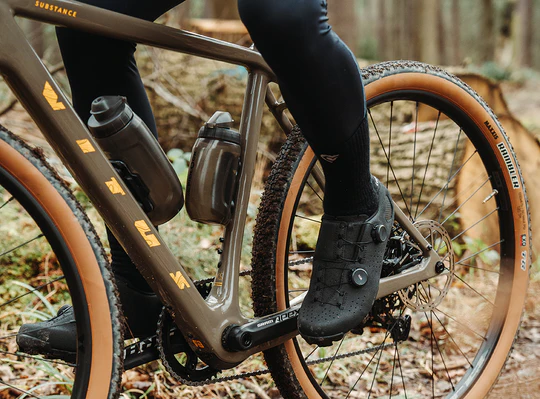
Width and Tire Compatibility: Maximizing Performance
The width of your wheels directly impacts tire performance, influencing grip, comfort, and rolling resistance. The optimal rim width for gravel racing should support the tire in a way that maximizes its contact patch with the ground without causing excessive drag. This balance ensures that the bike remains responsive and comfortable over long distances and diverse terrain types.
Embracing Tubeless Technology
Tubeless setups have become synonymous with gravel racing, thanks to their ability to run lower tire pressures for improved traction and comfort, coupled with a reduced risk of punctures. The ability to self-seal minor punctures mid-race can be the difference between reaching the podium and being sidelined. While tubeless installation and maintenance require a bit more effort upfront, the benefits during a race are unparalleled.
Aerodynamics: A Secondary Consideration
While aerodynamics plays a crucial role in road racing, their importance in gravel racing is less pronounced. The varied terrain and often slower speeds mean that the aerodynamic efficiency of wheels is overshadowed by the need for versatility, durability, and comfort. That said, for certain gravel races with long, open sections where speeds can get higher, the aerodynamic design of wheels should not be entirely overlooked.
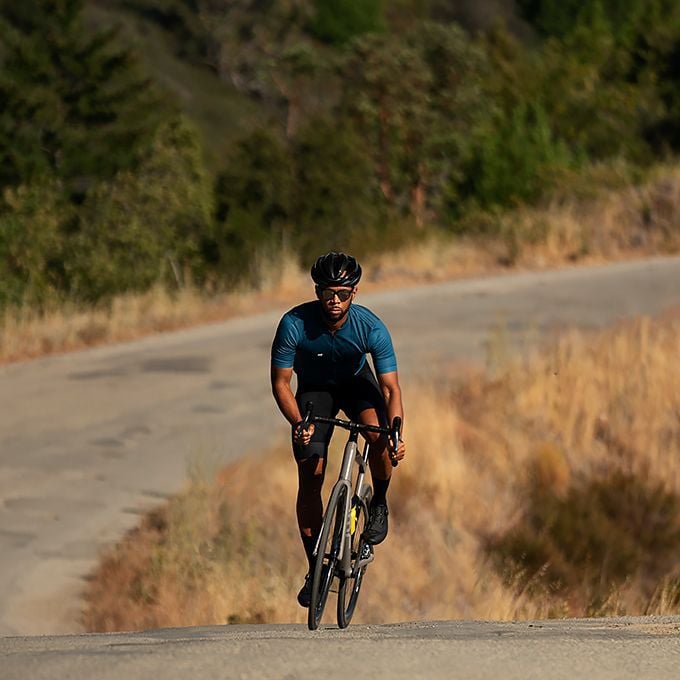
In The End
Choosing the right wheels for gravel racing involves careful consideration of durability, weight, rim width, tire compatibility, and the benefits of tubeless technology. While aerodynamics has its place, the primary focus should be on selecting wheels that offer the best blend of performance attributes suited to the unpredictable nature of gravel racing. Here’s another great tip from Rebecca Rusch on how to choose the right gravel wheels.
As the discipline continues to evolve, so too does the technology behind gravel-specific equipment, providing racers with an ever-improving arsenal of tools to tackle the challenges ahead. The best gravel bike wheels are those that offer a balance of durability, weight, and versatility, allowing riders to tackle a variety of terrains efficiently. Here are some top choices known for their performance in gravel racing and riding:
- Roval Terra CLX: Ultra-lightweight and strong, these wheels are designed for versatility and performance on gravel, featuring a wide rim for better tire support and control.
- Stan NoTubes Grail MK3: Renowned for their tubeless technology, the Grail MK3 wheels are durable and designed to handle tough gravel roads, with a rim profile that supports low tire pressures for comfort and traction.
- Boyd Cycling CCC: Named after the famous spring classics, these wheels are built for the demands of gravel racing, offering a robust yet lightweight design that doesn’t compromise on performance.
- Fulcrum Racing Zero Carbon DB: These high-performance wheels blend lightweight carbon construction with the durability needed for gravel riding, plus they’re tubeless-ready for added convenience and performance.
- Easton EA90 AX: With a focus on durability and versatility, the EA90 AX wheels feature a wide rim for improved tire support, making them suitable for the varied terrain encountered in gravel racing.
- Reynolds ATR Carbon: These wheels are designed with adventure in mind, offering a strong carbon build and a wide rim profile for stability and comfort on rough gravel paths.
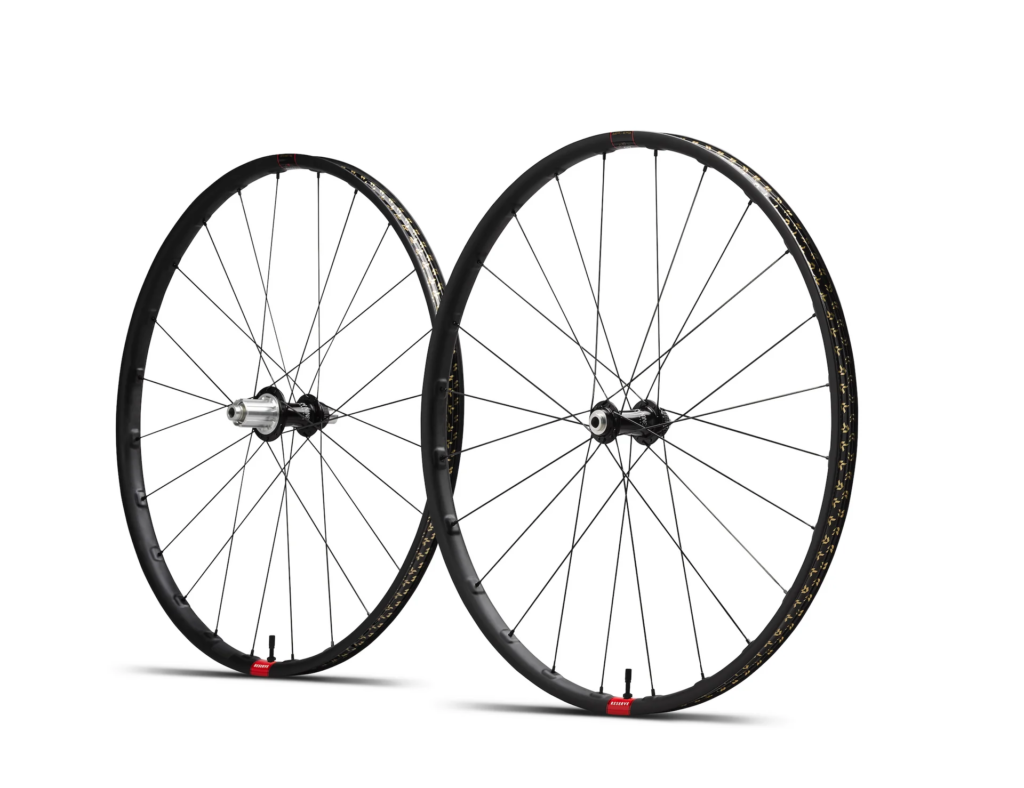
FAQ
How do I choose a gravel wheelset?
To choose a gravel wheelset, consider durability for rough terrain, rim width to support wider tires, tubeless compatibility for puncture resistance and lower pressures, and weight for efficiency. Balance these factors based on your specific riding style, the typical terrain you encounter, and budget.
Do I need gravel specific wheels?
Yes, gravel-specific wheels are designed to offer the durability, wider rim profiles, and tubeless readiness ideal for the demands of gravel riding, providing a better experience compared to standard road wheels.
Are 32mm tyres OK for gravel?
Yes, 32mm tires are OK for gravel, especially on smoother gravel roads or mixed-terrain routes. However, wider tires (35mm-45mm) offer more comfort and traction on rougher surfaces.
What size wheel is best for gravel bike?
The best wheel size for a gravel bike generally depends on rider preference and the terrain. Both 700c wheels, for speed and rolling efficiency over a variety of surfaces, and 650b wheels, for better maneuverability and the ability to run wider tires for rough terrain, are popular choices.




